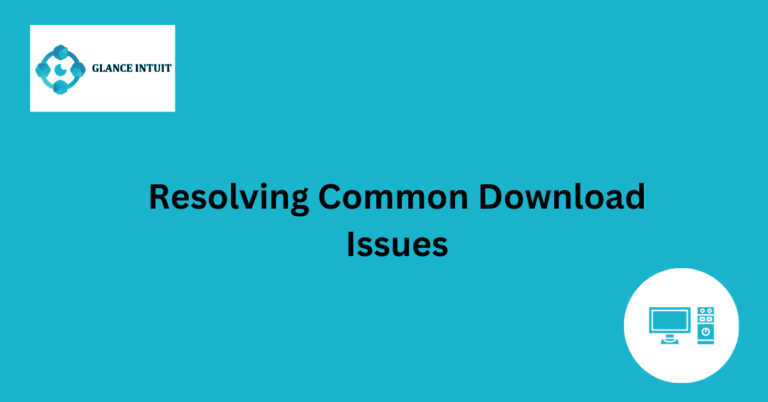Tips for Reinstalling Software
When it comes to reinstalling software, it’s important to follow the right steps to ensure a smooth and successful process. Whether you’re experiencing technical issues or simply want to refresh your system, knowing how to reinstall software can save you time and frustration. By understanding the necessary steps and precautions, you can easily reinstall your favorite programs without any hassle.
Before diving into the reinstalling process, it’s crucial to back up any important data to avoid losing valuable information. Additionally, checking for the latest version of the software and ensuring compatibility with your device is key to a successful reinstall. By following these tips for reinstalling software, you can maintain a well-functioning system and enjoy the benefits of your favorite programs hassle-free.
Back Up Important Data Before Reinstalling
Before reinstalling any software on your device, it is crucial to back up all your important data. This step ensures that you do not lose any valuable information during the reinstallation process. You can back up your data by using external storage devices, cloud services, or built-in backup features provided by your operating system. By backing up your data, you can easily restore it after reinstalling the software, avoiding any potential data loss.
Check for Latest Version of Software
Prior to reinstalling any software, it is essential to check for the latest version available. Installing the most up-to-date version ensures that you have access to the latest features, bug fixes, and security updates. You can usually find the latest version of the software on the official website of the developer or through the software’s update feature. By using the latest version, you can enhance the performance and functionality of the software on your device.
Ensure Compatibility with Your Device
When reinstalling software, you must ensure that it is compatible with your device’s operating system and hardware specifications. Installing incompatible software can lead to performance issues, system crashes, and errors. Before proceeding with the reinstallation, check the software requirements and compatibility information provided by the developer. By ensuring compatibility, you can optimize the software’s performance on your device.
Follow Step-by-Step Reinstalling Process
When reinstalling software, it is important to follow a step-by-step process to ensure a successful installation. Start by uninstalling the existing software properly to avoid any conflicts. Then, download the software installer from a trusted source and follow the installation instructions provided. Pay attention to any prompts or settings during the installation process to customize the software according to your preferences. By following a systematic approach, you can reinstall the software without encountering any issues.
Avoid Losing Valuable Information
To avoid losing valuable information during the reinstallation process, it is recommended to back up your data, as mentioned earlier. Additionally, you can store important files in a separate location or use data recovery tools to retrieve any lost data. By taking precautionary measures, you can safeguard your valuable information and prevent any data loss incidents while reinstalling software on your device.
Maintain a Well-Functioning System
Reinstalling software can help maintain a well-functioning system by resolving software-related issues, improving performance, and optimizing system resources. By reinstalling software periodically, you can ensure that your device runs smoothly and efficiently. It is advisable to keep your software up-to-date and reinstall it when necessary to prevent any compatibility issues or performance degradation over time.
Enjoy Hassle-Free Benefits of Programs
By following the tips for reinstalling software, you can enjoy the hassle-free benefits of programs on your device. Reinstalling software properly can enhance the overall user experience, increase productivity, and eliminate any software-related obstacles. With the right approach, you can reap the full benefits of your favorite programs without encountering any technical difficulties or performance issues.
Save Time and Frustration with Proper Reinstallation
Properly reinstalling software can save you time and frustration by ensuring that the software functions correctly and efficiently. By following the recommended steps and best practices for reinstalling software, you can avoid unnecessary delays, errors, or system crashes. Investing time in understanding the reinstalling process can help you save time in the long run and prevent any frustration associated with software malfunctions or performance issues.
Frequently Asked Questions
Our Frequently Asked Questions section aims to provide in-depth answers to commonly asked queries about Tips for Reinstalling Software.
What are the steps to reinstall software on my computer?
Reinstalling software on your computer involves uninstalling the existing program, downloading the latest version from the official website, and following the installation wizard to complete the process. It is essential to back up your data before reinstalling software to prevent data loss.
Why is reinstalling software necessary?
Reinstalling software can help resolve issues related to corrupted files, malfunctioning programs, or bugs within the software. It can also improve the overall performance of the program and ensure it functions smoothly.
Can I reinstall software without losing my data?
Yes, you can reinstall software without losing your data by backing up your files before uninstalling the program. This way, you can restore your data after reinstalling the software and ensure that no important information is lost.
What should I do if the software fails to reinstall properly?
If the software fails to reinstall properly, you can try troubleshooting the installation process by checking for any error messages, ensuring compatibility with your operating system, and contacting customer support for assistance. It may also help to run the installation as an administrator.
Are there any precautions I should take before reinstalling software?
Before reinstalling software, it is advisable to create a system restore point, back up important files, disable antivirus software temporarily, and ensure you have a stable internet connection. These precautions can help prevent any data loss or installation errors during the process.
How often should I reinstall software on my computer?
The frequency of reinstalling software depends on your usage and the software’s performance. If you notice any issues, such as slow performance, crashes, or errors, it may be time to reinstall the program. Regular maintenance and updates can also help prevent the need for frequent reinstallations.







